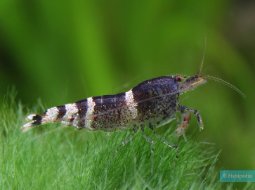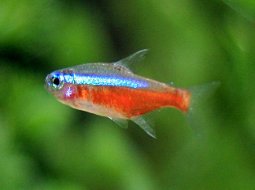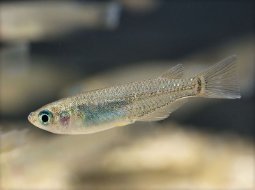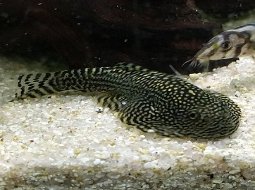
Loading Aqualapp ...
Care and Compatibility of Dwarf Cichlid - Apistogramma borellii
Introduction
Apistogramma borellii, commonly known as the dwarf cichlid, is a species of small cichlid native to South America, specifically the Paraná River basin in Brazil and Argentina. They are small, colorful fish that are popular among aquarists due to their interesting behavior and visual appeal.
Behavior
Apistogramma borellii is a territorial fish and can often be aggressive during the breeding season. Outside of this season, it can be peaceful but may still display territorial behaviors and defend its space in the aquarium.
Sexual Dimorphism
Sexual dimorphism in Apistogramma borellii is evident, especially during the breeding season. Males are typically larger and have longer, more colorful dorsal and anal fins than females.
Reproduction
Breeding Apistogramma borellii in the aquarium is possible and can be a fascinating experience for aquarists. They are cave spawners, with the female caring for the fry while the male defends the territory. Providing suitable caves and hiding spots is recommended to facilitate breeding behavior.
Aquarium Conditions
To keep Apistogramma borellii in the aquarium, a well-planted tank with hiding spots and floating vegetation is recommended. They prefer clean, slightly acidic water with a temperature between 24°C and 28°C.
Feeding
Apistogramma borellii is omnivorous and feeds on a variety of foods, including small invertebrates, larvae, algae, and plant material. In the aquarium, they will accept flakes, pellets, frozen, and live foods.
Complexity
Apistogramma borellii may be suitable for beginner aquarists with some experience in aquarium maintenance. Although they may display territorial and aggressive behaviors during breeding, they are generally peaceful and easy to care for in a suitable environment.
In case you need more help, or if you want to know into any topic related to the Apistogramma borellii (Dwarf Cichlid) and even any other species you can use the forums to ask what you need.
To do an analysis more detailed about coexistence and behavior of Apistogramma borellii (Dwarf Cichlid) use the Aquarium simulation tool, if you do this you can test different ways to combine the Dwarf Cichlid with other fishes giving the dimensions and space on you aquarium, on this way you can known the optimal configuration for keep the fishes that you want.
You can also find out the 108 species compatible with the Apistogramma borellii (Dwarf Cichlid) can live together.
Note: The parameters of the water such as PH and temperature are also used to calculate the compatibility of the species.
Compatible species (108)
No species is compatible with the Dwarf Cichlid, however, 108 fish are semi compatible with the Dwarf Cichlid with certain conditions special.
With Reservation (18 Species)
Las especies territoriales por lo general pueden convivir con especies protegidas con coraza, ya que no pueden hacerles daño por su dura piel, lo que si hay que tener en cuenta es tener un acuario con dimensiones favorables para que cada pez pueda delimitar un territorio, ya que la mayoría de peces acorazados son también peces de fondo y les gusta estar buscando lugares donde ocultarse.
Compatible in some cases, it depends on the nature and personality of the fish.
Considerable size difference (9 Species)
They can coexist while they are similar in size or the size difference is not very abysmal, since as the fish grows it increases the chances of eating its partner that did not grow much.
Compatible if space is enough (81 Species)
They can coexist together if the aquarium they share is large and spacious enough for both species to feel good, as some fish may attack others to feel that they have little space and try to eliminate the competition.
Dwarf Cichlid
Apistogramma borellii
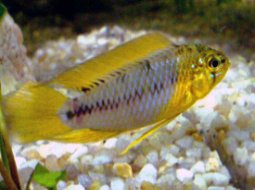
- Ph: 6 - 7
- Temperature (c°): 24 - 28
- Measures: 4 cm - 6cm
- Aquarium Capacity:
30 Liters - 8 Gallons - Alimentación: Omnivores
- Comportamiento: Territorial
- Habitad: American
- Morfología: Bright colors
- Tamaño: Small
- Taxonomía: Fish
- Tipo de Agua: Tropical waters
- Velocidad de nado o movimiento: Normal
- Zona de Nado: Swim in the middle of the aquarium


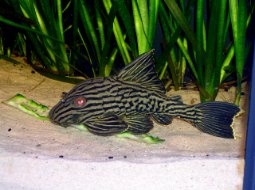

.jpg)
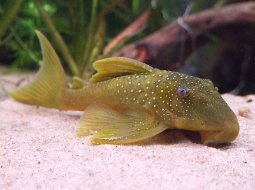

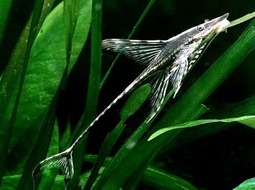


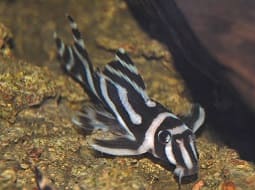





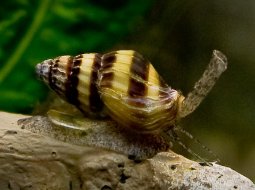


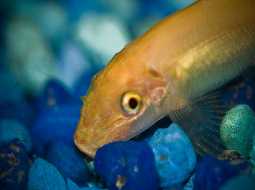
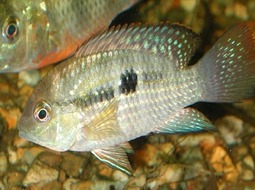



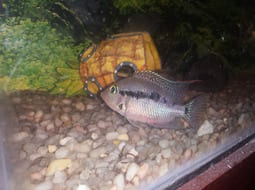



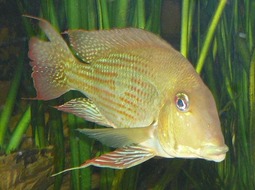
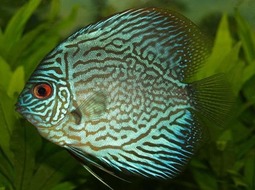

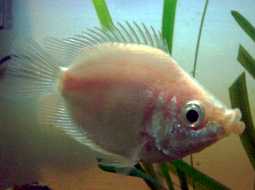
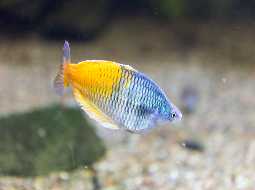


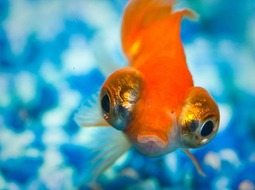
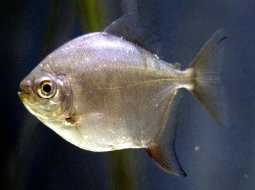
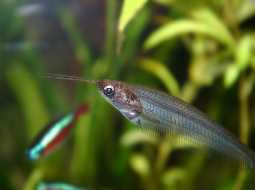


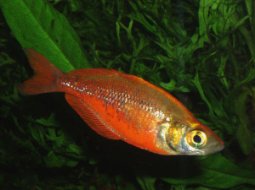

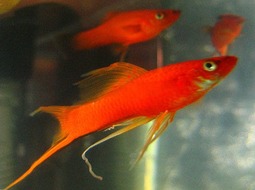
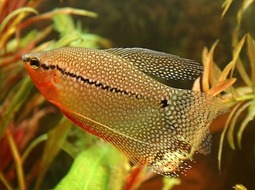

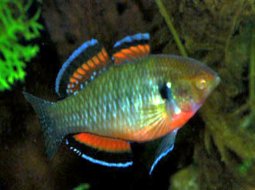
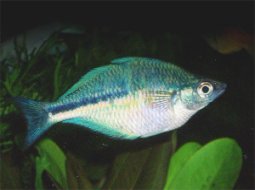



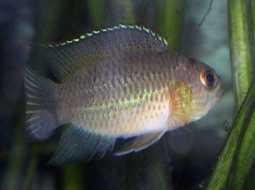

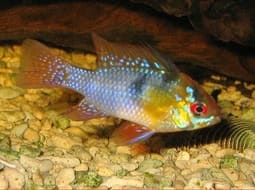
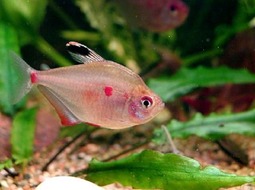
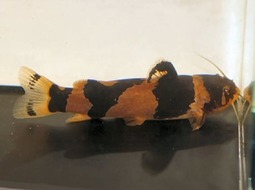



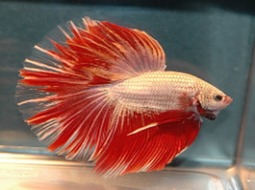
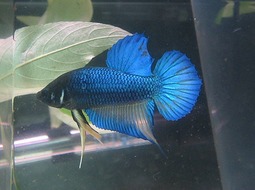

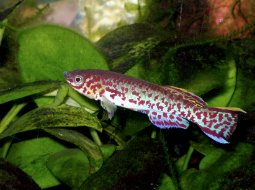





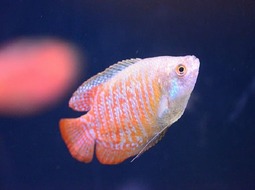

.jpg)
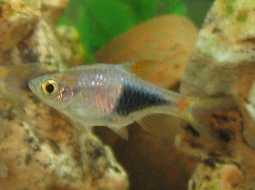
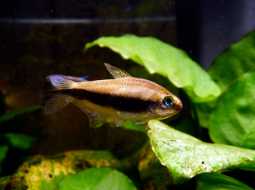
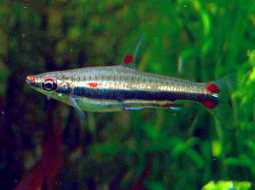
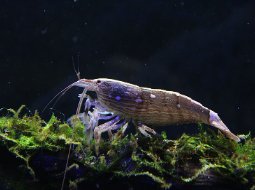
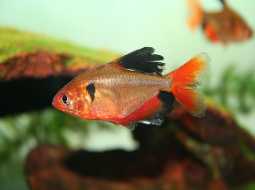

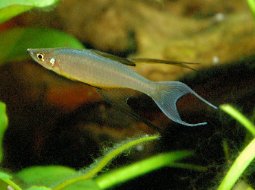
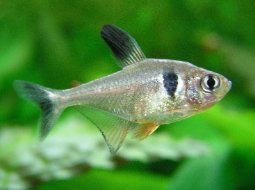

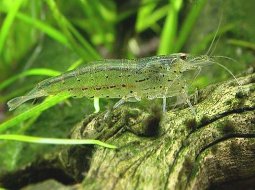

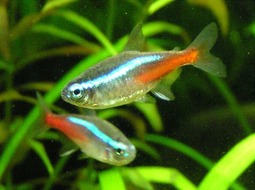



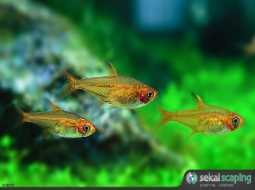
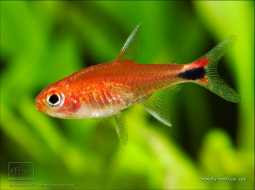
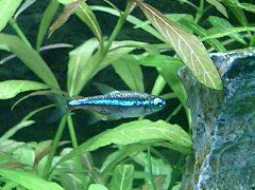

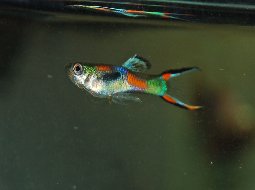
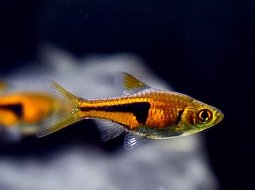




.jpg)
